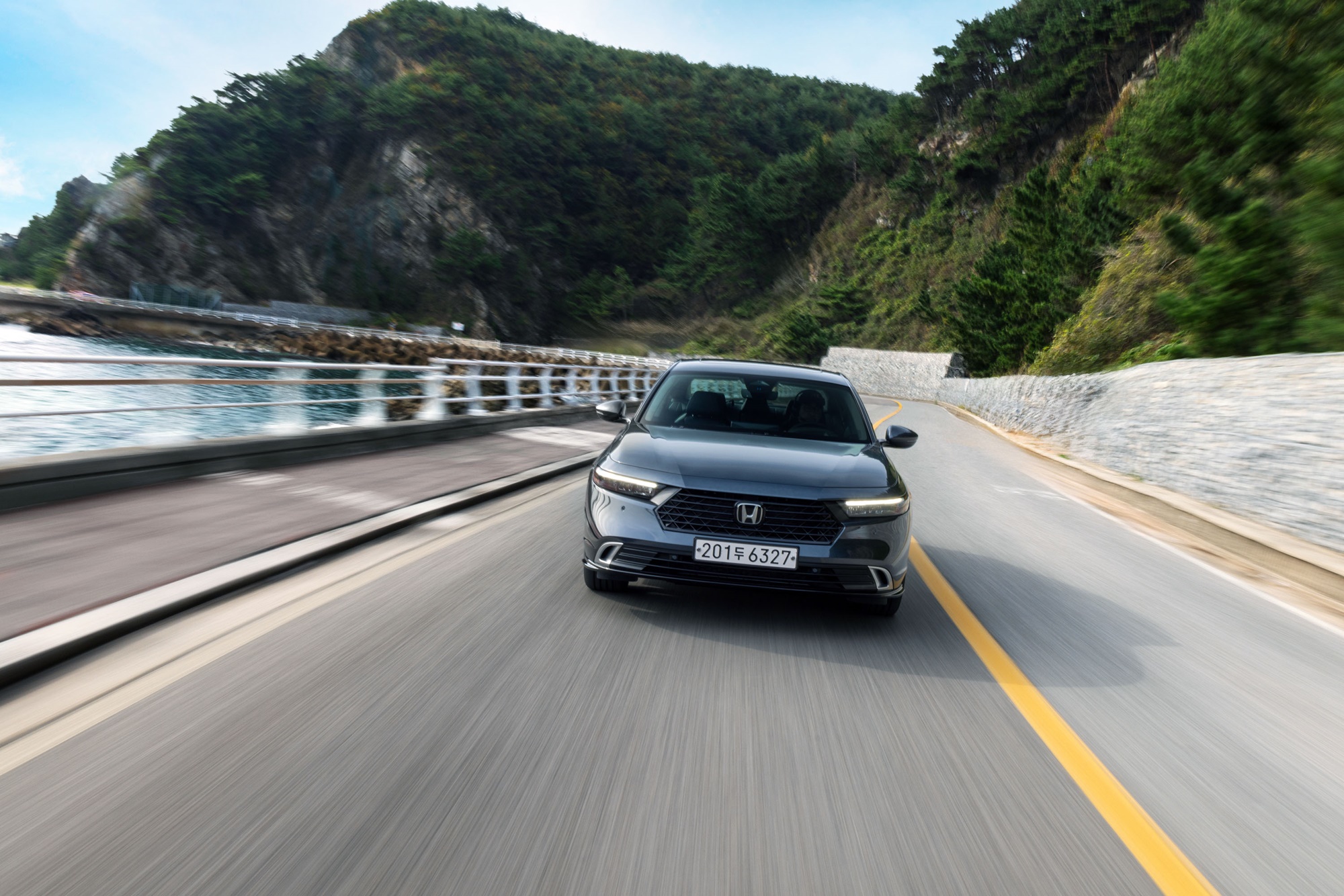
The eleventh Accord, the 11th generation. I crossed the Daegwallyeong Pass in the Accord Hybrid. Outside temperature was 7 degrees Celsius, with a low of minus 1 for the day. Winter was just beginning.
The name Accord emphasizes ‘harmony’ with people. The rear quarter view seen at a 45-degree angle is the most beautiful. The descending roofline is supported by a sturdy horizontal line. The striking horizontal line on the side continues into the interior. The dashboard looks as if it has been precisely drawn with a ruler.
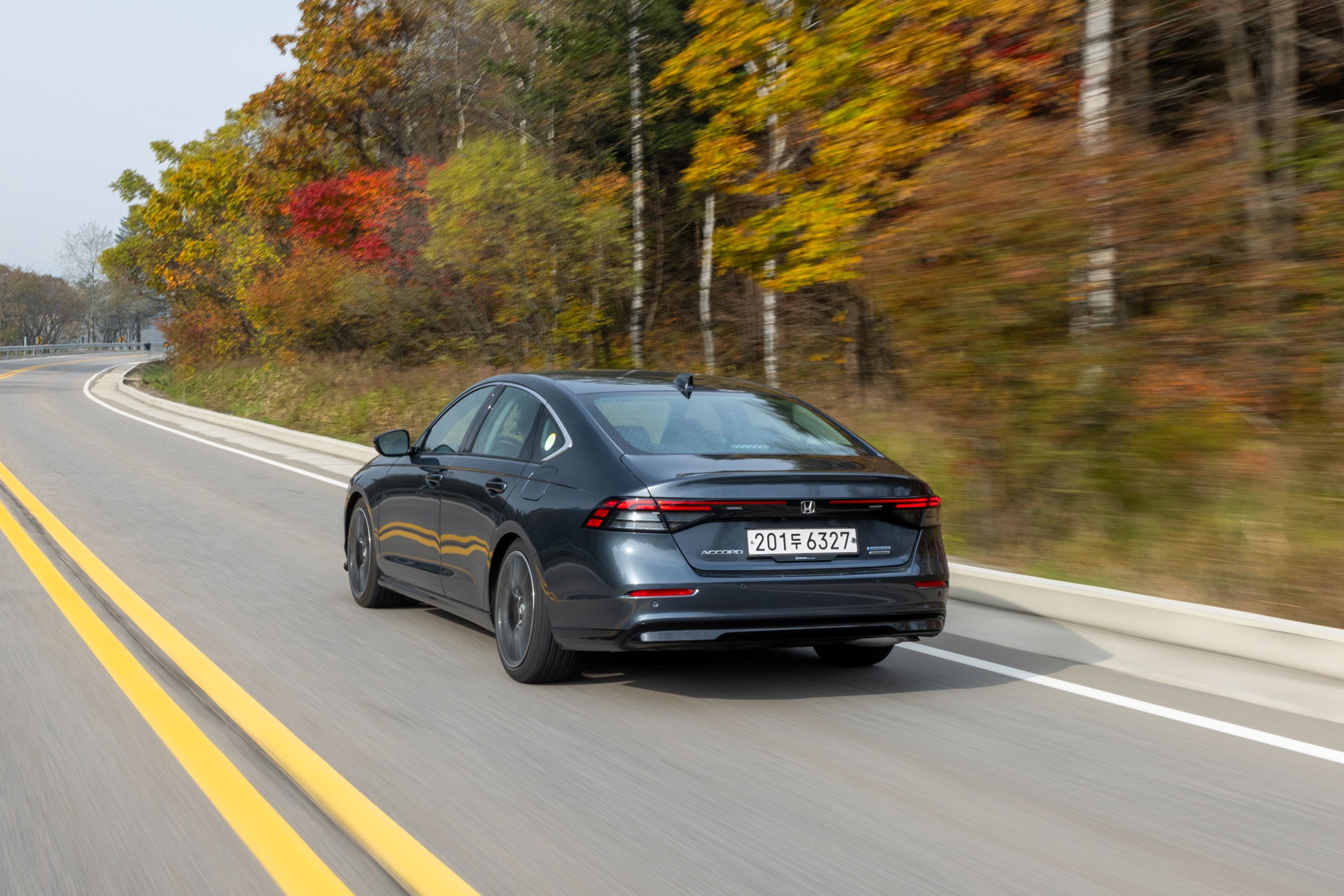
It has grown bigger. The body length is now 4,970mm, which is an increase of 65mm. With the length, the space has also become more generous. Passengers in the back seat can enjoy spaciousness that feels luxurious. The vehicle’s weight has also increased by 35kg, making the curb weight 1,605kg.
The instrument panel features a 10.2-inch TFT monitor, while the center fascia monitor measures 12.3 inches. The large screens are vibrant and the high resolution makes them easy to see. The head-up display has a size of 6 inches. Monitors are strategically placed wherever your gaze might land to show necessary information. A gentle tap on the center fascia monitor results in a light, crisp touch sound. The touch response is also quick.
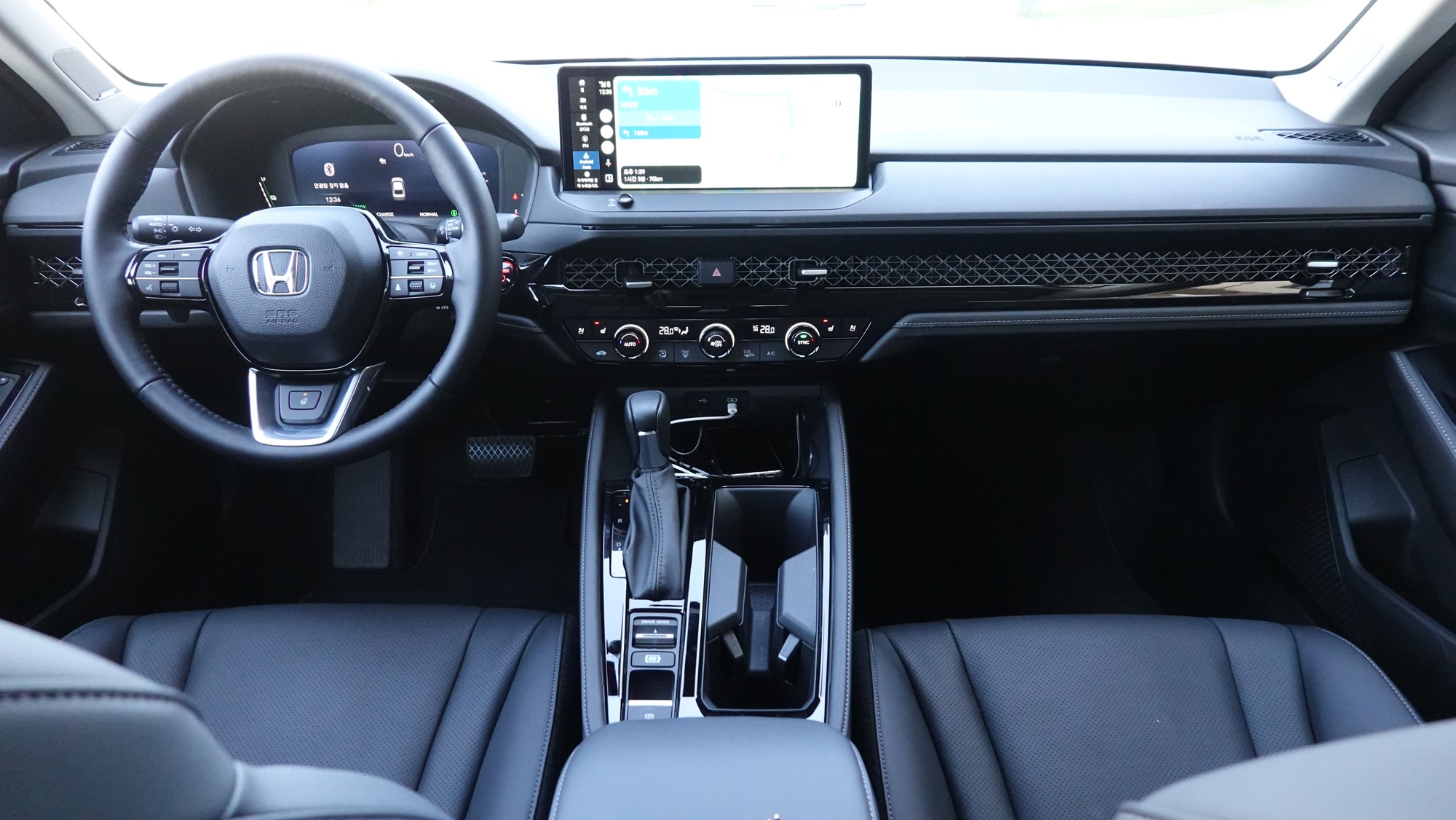
It is powered by two motors and one engine as part of the powertrain. The Atkinson engine, emphasizing efficiency, has a displacement of 2 liters and generates a maximum of 147 horsepower. The motor, which engages before the engine, delivers 184 horsepower. The combined output is 204 horsepower, with the motor producing more power than the engine. Unlike the previous hybrid system where the engine drove first and the motor assisted, this system allows the motor to lead, while the engine assists. It’s a handover between the engine and motor.
The engine seems to be gradually preparing to leave the stage. It has relinquished the role of driving to the motor, stepping back to take on a backup role. The engine is now more of a bystander as the motor takes the lead. It feels like the engine is ready to part ways. In battery electric vehicles, the engine must bid farewell.
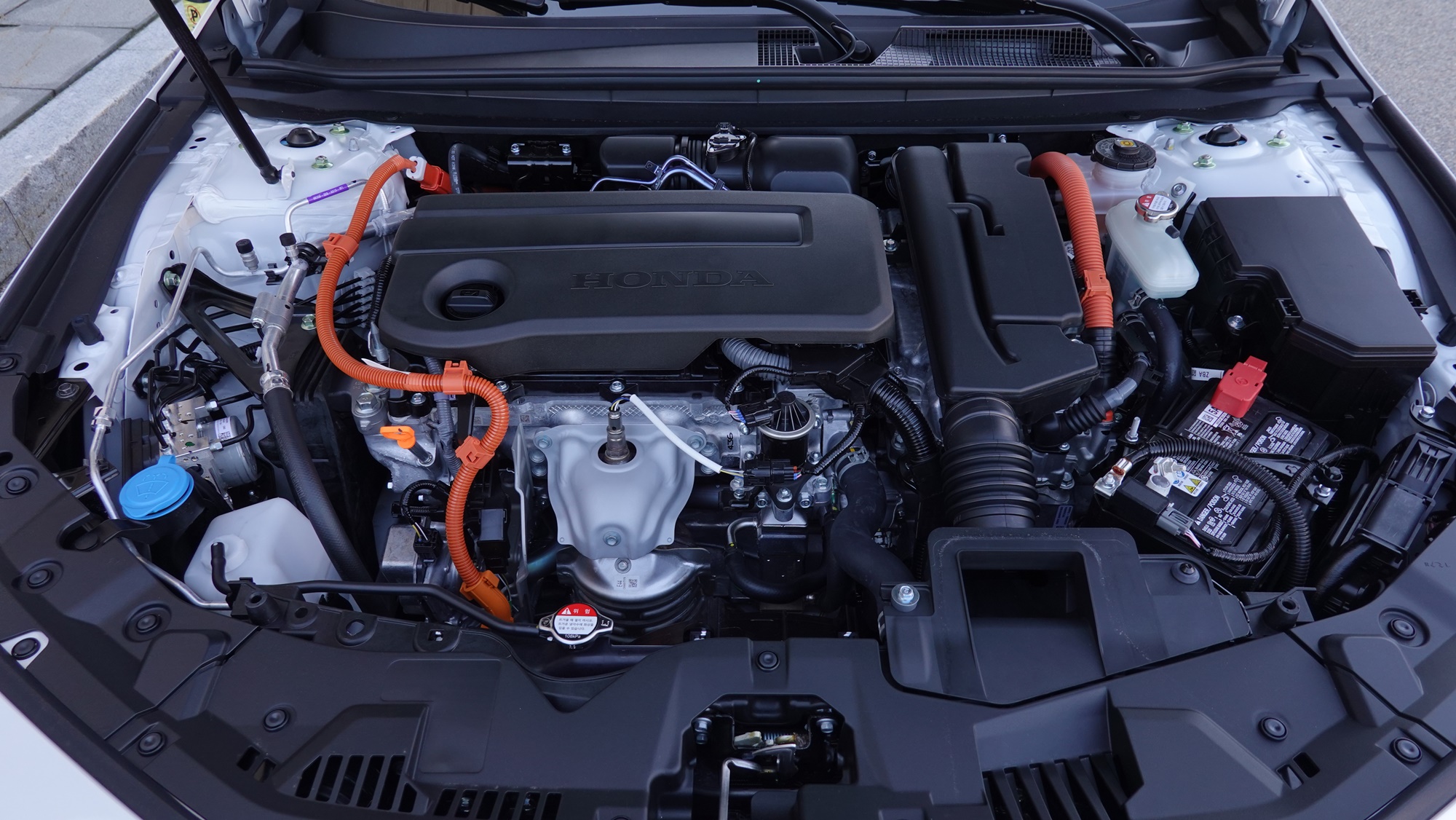
Is that why? There is no way to know the engine’s RPM. Only the sound indicates the engine’s condition. To hear the well-tuned engine sound, one must switch to sports mode during acceleration. A smile spreads across the face while listening to the engine come to life. It’s a vibrant, ‘alive’ sound—something you couldn’t hope for from a battery electric vehicle. When driving quickly in sports mode, the wind noise rises, but the engine sound remains definitive, not drowned out by the wind.
The fuel economy is astonishing. The official combined fuel economy is 16.7 km/L. It’s already a first-class rating. The real-world fuel economy exceeding this standard is impressive. I drove through the Daegwallyeong-Yangyang-Gangneung section using sports, eco, and EV modes. I paid no attention to fuel economy. I aggressively drove in sports mode and also drove with the engine off in EV mode. Regardless, the fuel economy on the display was 18.5 km/L. I thought it wouldn’t reach the official rating while driving at high speeds, but that was a misunderstanding. If I set my mind to fuel-efficient driving, hitting 20 km/L should be easy.
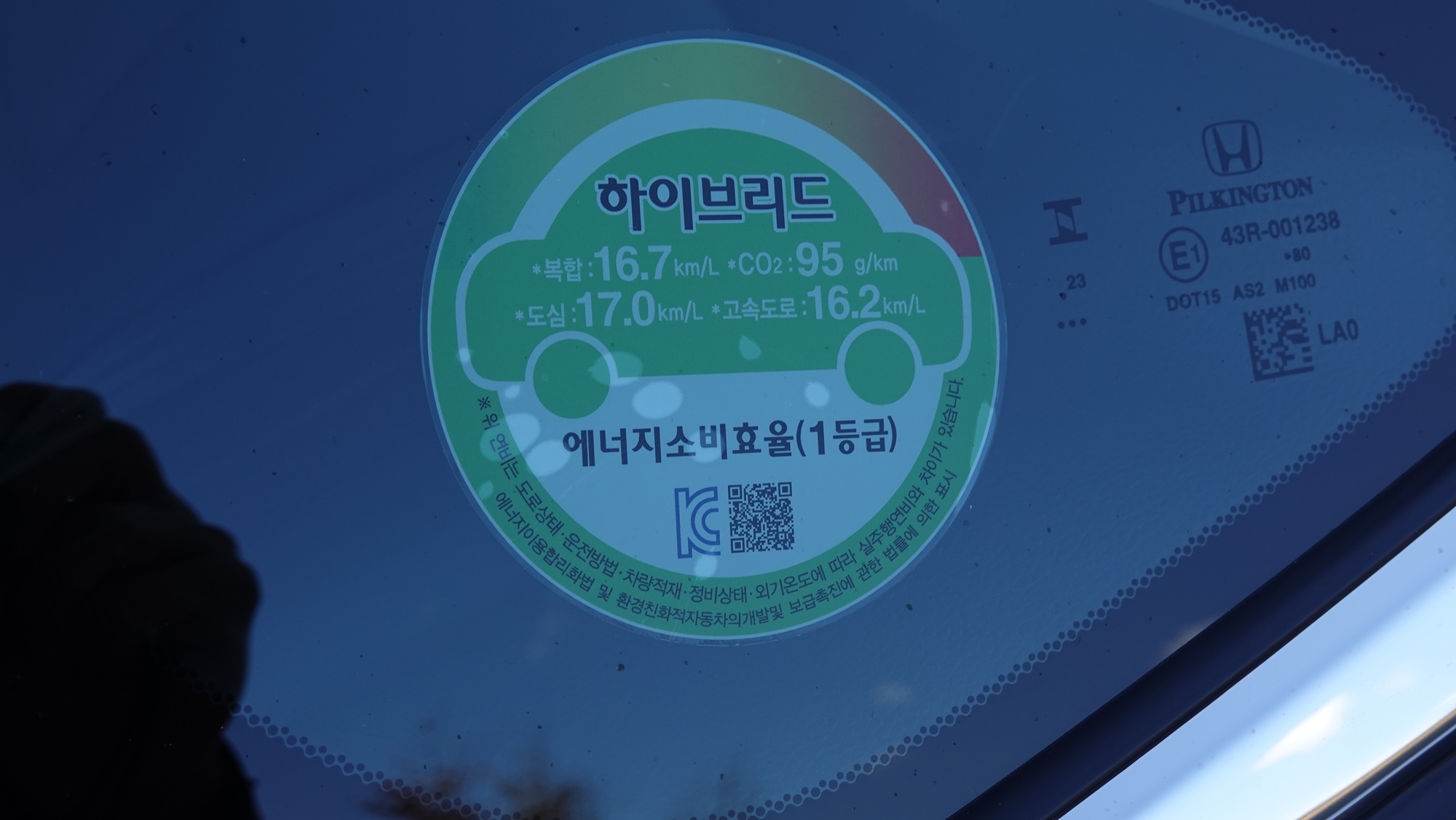
The key to fuel economy is the EV mode. Here, the engine rests, and the vehicle runs solely on battery and motor power. When the EV mode is activated, it can run in this mode at speeds below 50 km/h. It can occasionally show EV driving at higher speeds as well. Generally, it is satisfactory. There’s also a charge mode that engages the engine to recharge the battery.
During downhill driving, during acceleration and coasting, and when cruising, the EV mode can be activated to drive solely on the motor. The battery may not have a large capacity and will frequently charge and discharge to adapt to driving needs. If the battery level is low, the engine gets involved, resulting in both the engine and battery working hard.
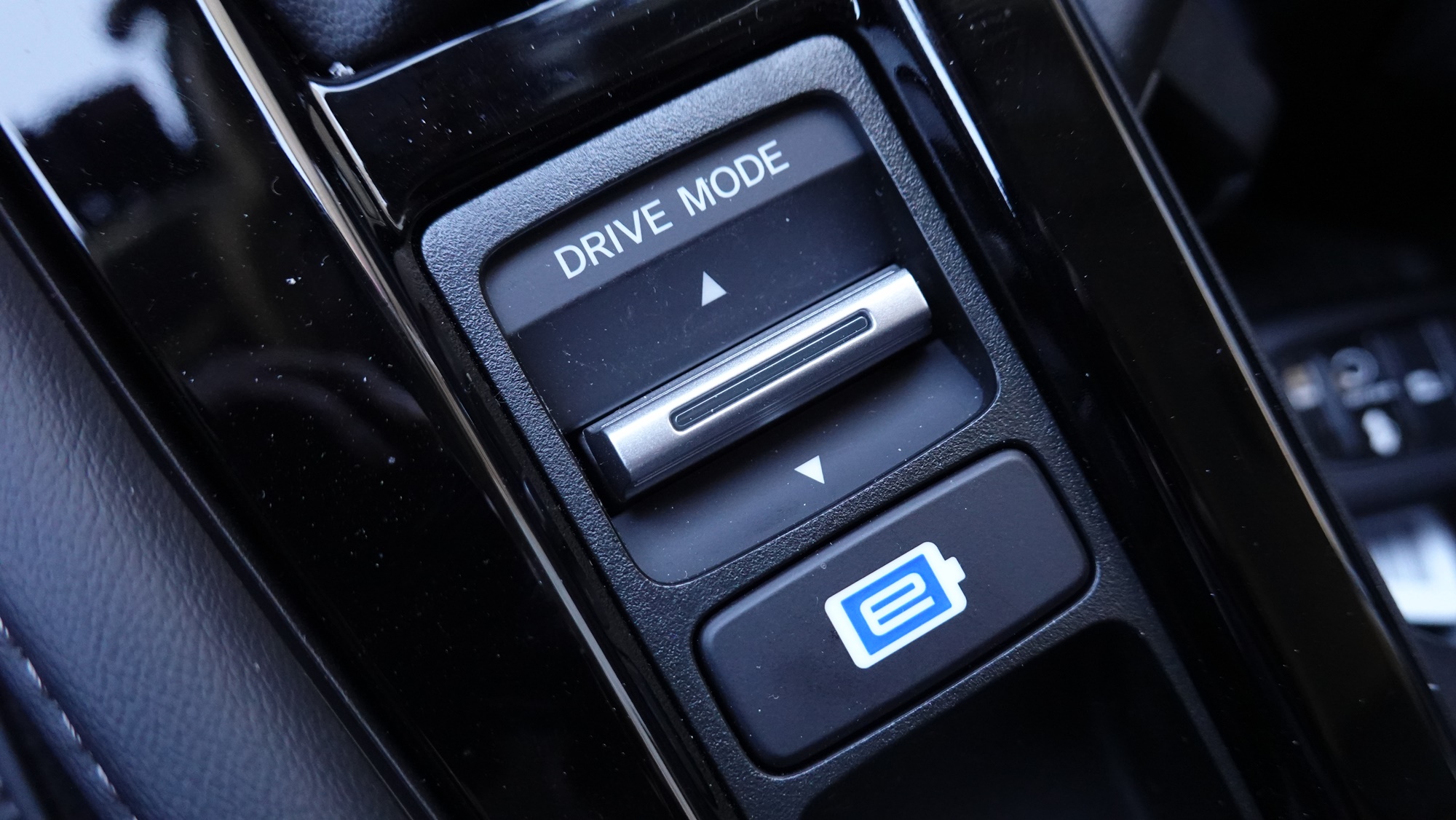
Below the drive mode button, there is a dedicated button for activating EV mode, allowing for attempts at motor-only driving. However, just attempting doesn’t guarantee it will activate. If the battery level is low or the speed is too high, the EV mode will not activate.
The Honda Accord features the newly implemented motion management system. It integrates control of the engine, motor, brakes, etc., depending on steering wheel operations. There are no additional mechanical devices, and instead, the car’s control via software has been elevated to a new level. Stability shines through in corners.
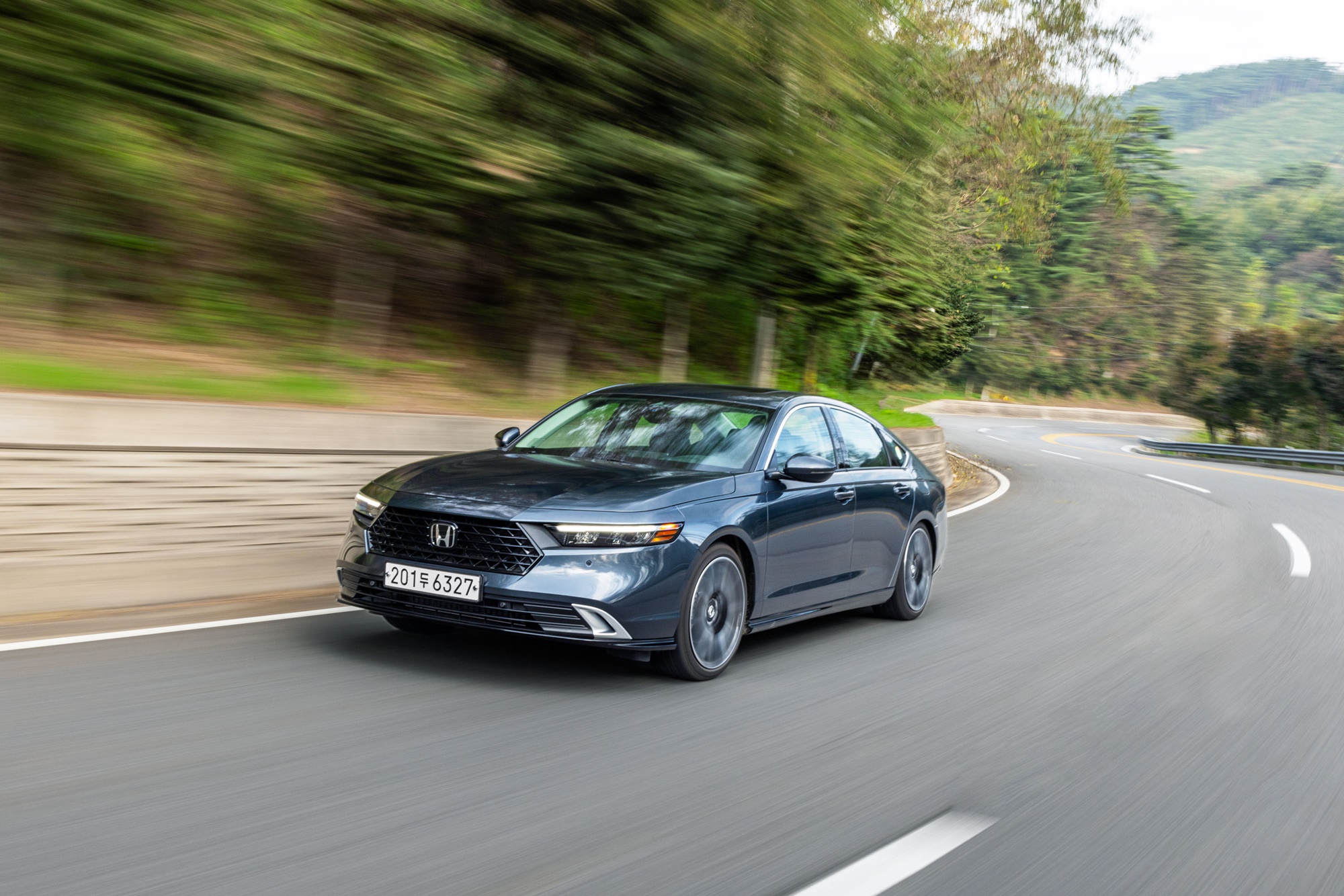
The standard-equipped Honda Sensing has an expanded range for camera and radar recognition, enhancing the effectiveness of features such as adaptive cruise control and lane-keeping assist systems. Traffic Jam Assist has also been newly included. When the driving assistance system is activated on highways, it performs acceleration and deceleration, as well as lane maintenance within designated speed limits, with a competency akin to that of a skilled driver. The level of finish is high.
With 10 airbags including a knee airbag, it has received the highest rating of Top Safety Pick+ from the Insurance Institute for Highway Safety. You won’t need to worry about safety.
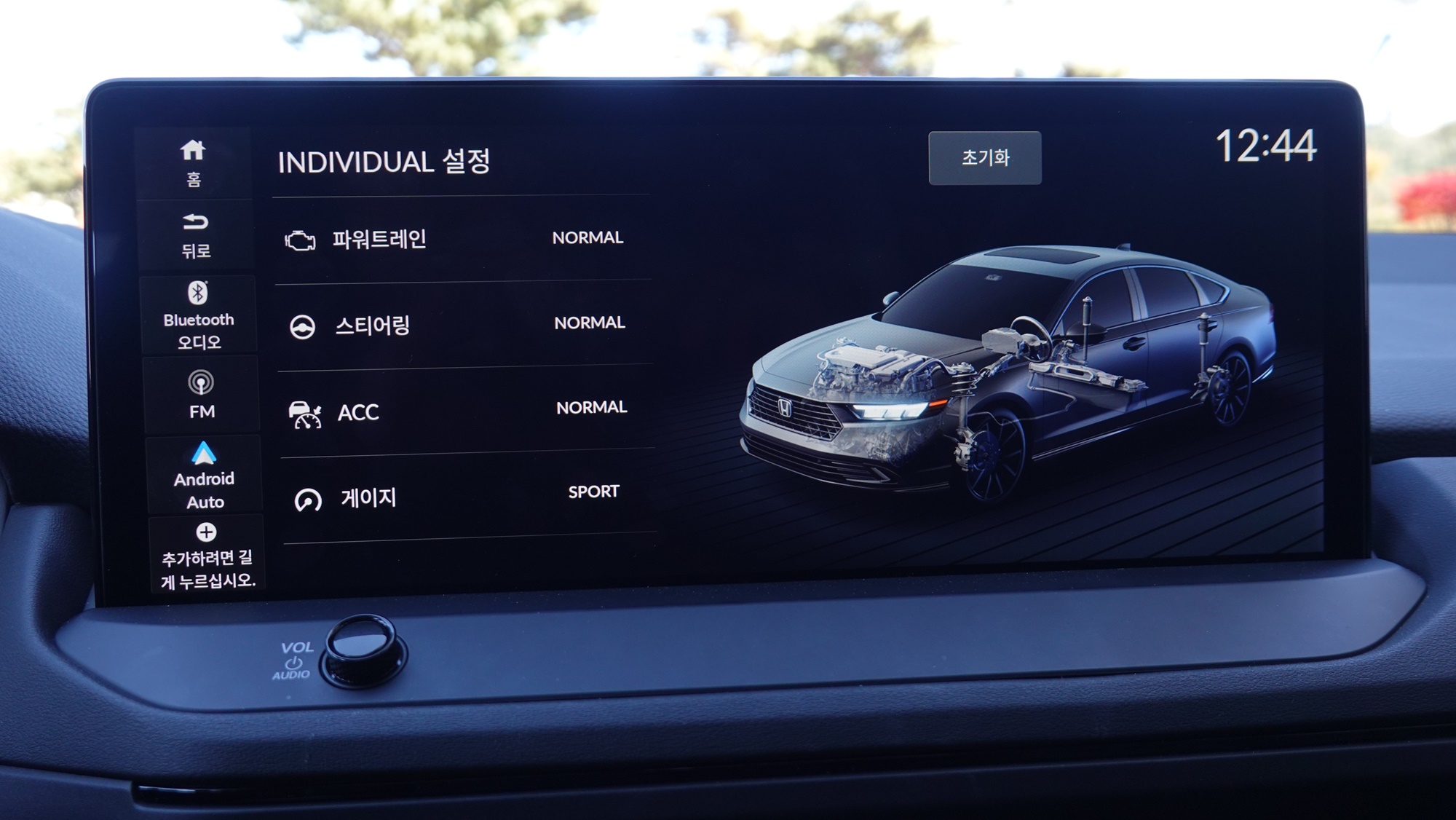
Bose premium audio features 12 high-performance speakers, including a large subwoofer. The double-glazed soundproof glass blocks out noise from outside, and in the quiet interior, Bose audio provides a rich, three-dimensional sound that delights the ears. The NVH harmony is remarkable.
The All-New Accord Hybrid has been certified as a type 2 low-emission vehicle. One can enjoy small benefits such as a 50% discount on parking fees in public parking lots and airports, as well as exemptions from congestion charges in areas like Namsan Tunnel. They may not be huge benefits, but it’s nice to have an opportunity to smile occasionally.
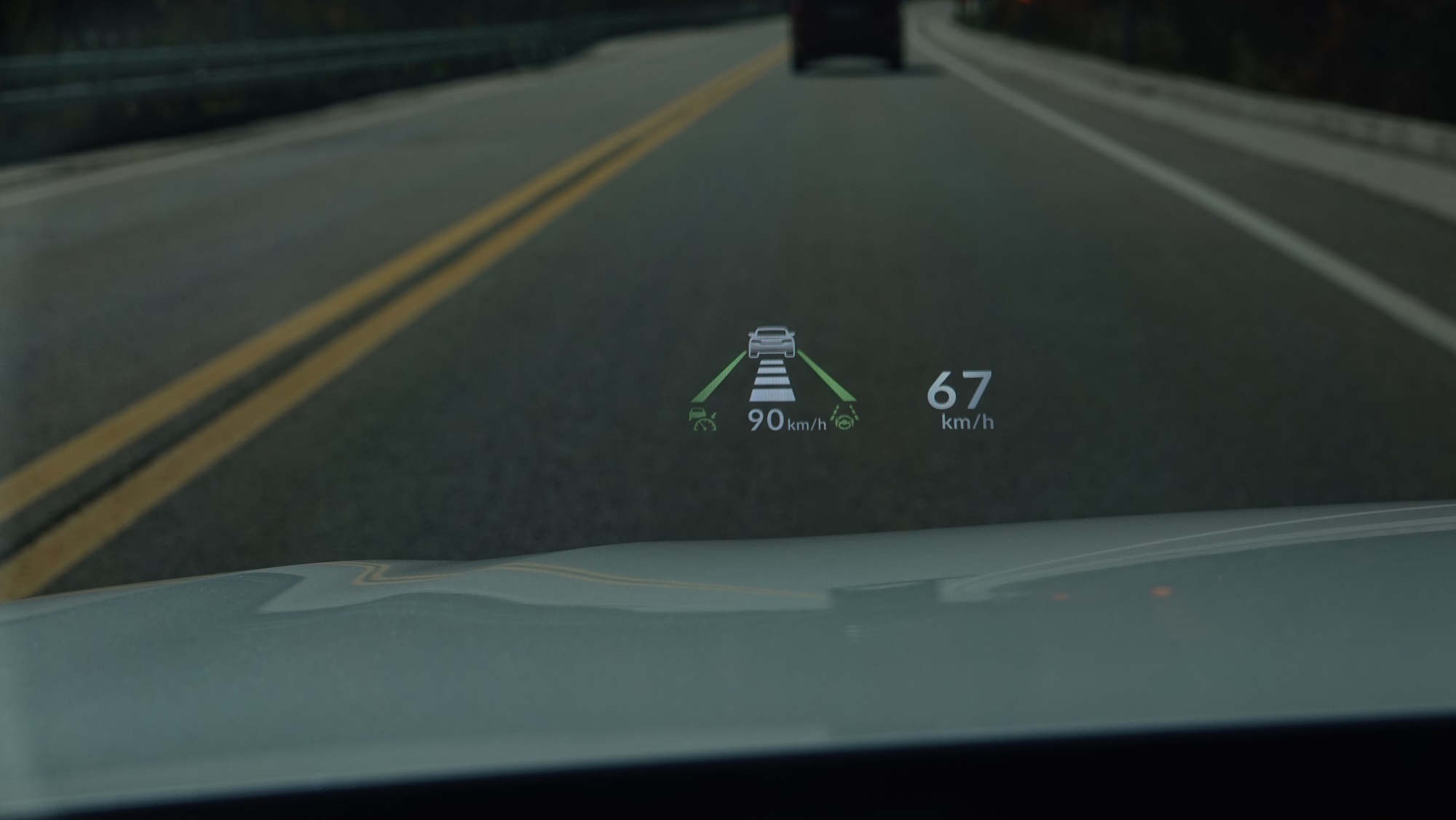
It’s a decent car. In the midsize category, being average is praiseworthy. Spaciousness is satisfying for a family of 3 or 4. While it has ample power, it is not overwhelmingly strong, providing no stress. Instead, it has achieved higher completeness. The safety and convenience features have been sufficiently reinforced, completing the form of a comfortable and safe midsize sedan. Thinking again about the meaning of its name, ‘Accord,’ which emphasizes harmony and alignment with people, this car truly lives up to its name.
Oh Jong-hoon’s direct opinion
The navigation system is absent. You must access it from your smartphone via Android Auto or Apple CarPlay. If you forget your smartphone, you’re out of luck.
It’s priced at 53,400,000 won. While the price may hurt, Honda Korea explains that it’s a reasonable price given the current exchange rates and that they cannot lower it further. It’s produced in the U.S. and then imported across the Pacific to South Korea. The dollar is rapidly rising towards 1,350 to 1,400 won.
Gangneung = Oh Jong-hoon yes@autodiary.kr

